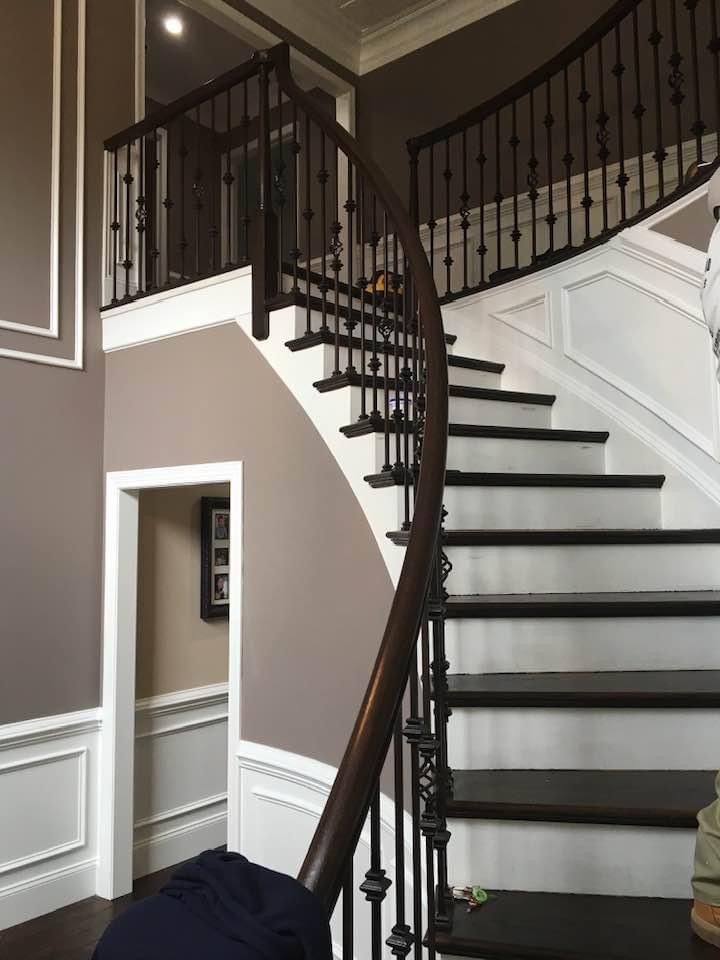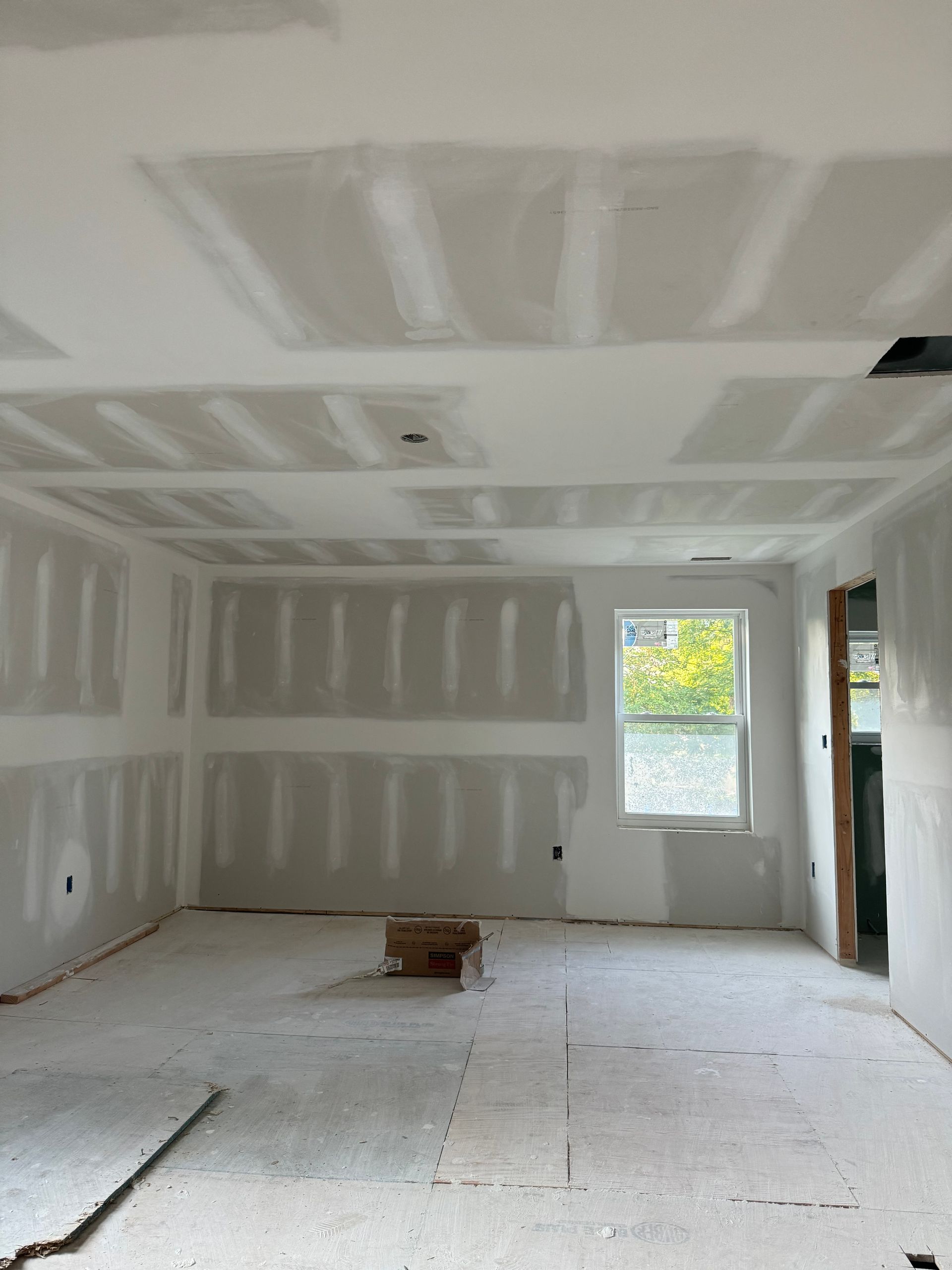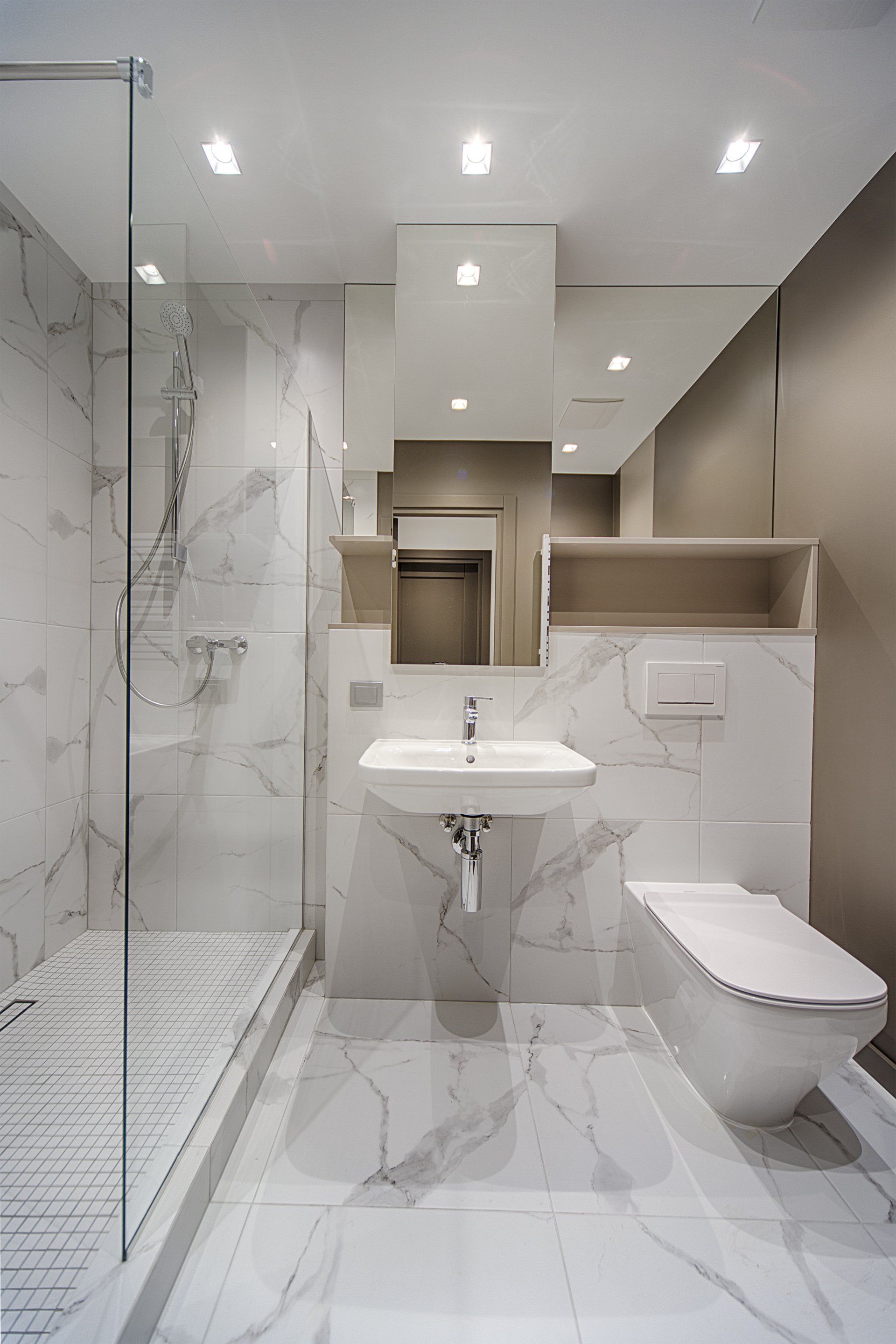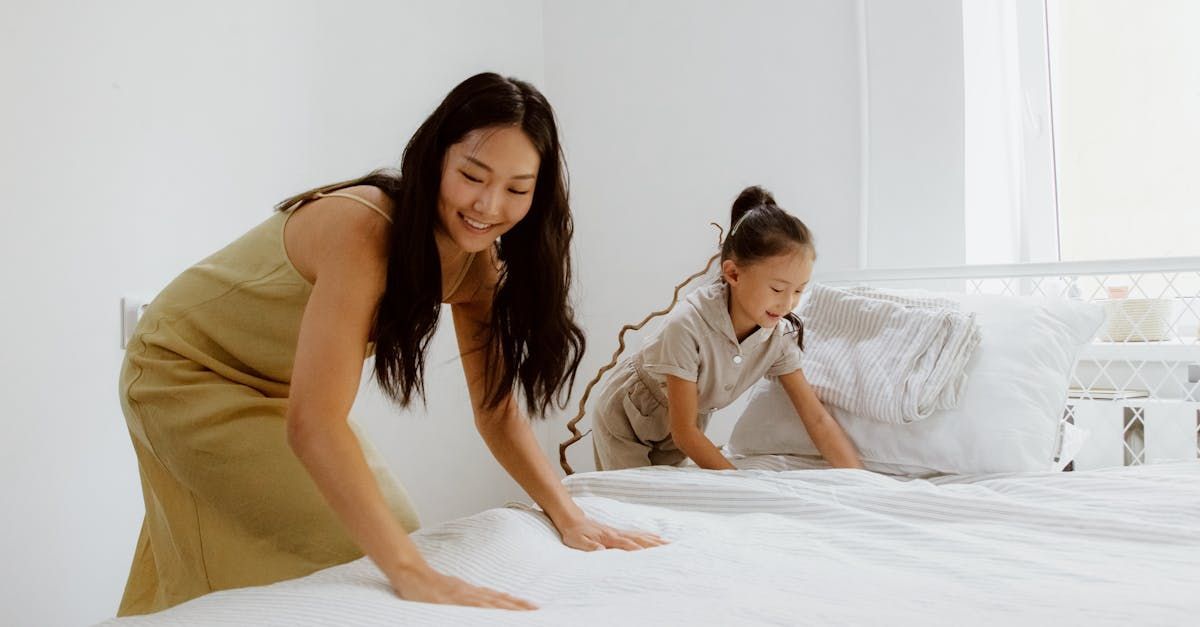Unleash the Power of Color: A Guide to Interior Painting for a Refreshing Home Transformation, in Glassboro, NJ
7&7 Contractor LLC - Appointment Request Form
Thank you for your interest in 7&7 Contractor LLC. Please fill out the form below to request an appointment for our services. We will get back to you as soon as possible to confirm the details.
(We will do our best to accommodate your preferred date and time)
Appoinments Request Form
Top Quolity Services.
7&7 Contractor LLC
Interior Painting.
Ready to take that big step into the future?
Exterior Painting
Request more information?
Commercial Painting
7&7 Contractor ll, offers you very high quality commercial services.
Deck fence & Staining
Top quoliy workmanship in all this services.
Professional Interior Painting. Book Now A Get Free Estimates.

Are you tired of the same old look of your home? Is it time for a refreshing transformation? Look no further! In this comprehensive guide to interior painting, we will show you how to unleash the power of color and create a stunning new look for your living space.
Color has the incredible ability to completely transform the ambiance and energy of a room. Whether you're looking to create a cozy and inviting atmosphere or a modern and vibrant one, choosing the right paint colors can make all the difference.
In this article, we will cover everything you need to know about interior painting, from selecting the perfect colors that complement your style and personality to preparing the surfaces and applying the paint like a pro.
Discover the secrets to creating a harmonious color palette, learn pro tips and tricks for achieving smooth and streak-free finishes, and explore different techniques to add texture and depth to your walls.
Unleash the power of color and turn your home into a personalized oasis of style and comfort. Get ready for a home transformation like never before!
The Importance of Color in Interior Design
Color plays a vital role in interior design as it sets the mood and creates a specific atmosphere within a space. Different colors evoke different emotions and can greatly influence your overall experience in a room.
Warm colors like red, orange, and yellow create a cozy and inviting ambiance. These colors are perfect for social areas like living rooms and dining spaces, as they encourage conversation and make people feel comfortable.
On the other hand, cool colors like blue, green, and purple have a calming effect and are ideal for bedrooms and bathrooms. They promote relaxation and tranquility, making them perfect for spaces where you want to unwind and rejuvenate.
Neutral colors like white, beige, and gray are versatile and timeless. They provide a clean and sophisticated backdrop for any style and allow you to easily change the look of a room by adding colorful accents.
When choosing colors for your home, consider the function of each room and the mood you want to create. Experiment with different shades and combinations to find the perfect balance that reflects your personal style and enhances the overall aesthetic of your space.
Psychological Effects of Different Colors
Colors have a profound impact on our emotions and behaviors. Understanding the psychological effects of different colors can help you create a harmonious and balanced environment that aligns with your desired mood and purpose for each room.
- Red: Associated with energy, passion, and excitement, red is a powerful color that stimulates the senses. It can increase heart rate and evoke strong emotions, making it a great choice for spaces where you want to create a sense of urgency or intensity, such as a home gym or an entertainment room.
- Blue: Known for its calming and soothing qualities, blue promotes relaxation and tranquility. It is often associated with feelings of serenity and is commonly used in bedrooms and bathrooms to create a peaceful atmosphere. Lighter shades of blue can also convey a sense of freshness and cleanliness, making them popular choices for kitchens and bathrooms.
- Yellow: Symbolizing happiness, optimism, and positivity, yellow is a cheerful and uplifting color. It can instantly brighten up a room and create a warm and welcoming atmosphere. Yellow is commonly used in kitchens and dining areas, as it stimulates appetite and encourages social interaction.
- Green: Representing nature, growth, and harmony, green is a refreshing and rejuvenating color. It promotes a sense of balance and stability and is often used in spaces where relaxation and rejuvenation are desired, such as bedrooms and home offices. Green is also associated with fertility and can be a great choice for nurseries or spaces dedicated to plants and gardening.
- Purple: Associated with luxury, creativity, and spirituality, purple is a rich and dramatic color. It can add a touch of elegance and sophistication to any room and is often used in bedrooms and living areas. Darker shades of purple can create a sense of opulence and mystery, while lighter shades can be more calming and soothing.
- Neutral Colors: White, beige, and gray are considered neutral colors as they don't have strong associations with specific emotions. They provide a versatile backdrop that allows other colors to stand out and can create a sense of balance and harmony in a room. Neutral colors are timeless and can easily adapt to different styles and trends.
By understanding the psychological effects of different colors, you can strategically use them to create the desired atmosphere and mood in each room of your home.
Choosing the Right Color Palette for Your Home
When selecting a color palette for your home, it's important to consider both your personal preferences and the overall aesthetic you want to achieve. Here are some tips to help you choose the right color palette for each room:
- Consider the function of the room: Think about how you want to use each space and what mood you want to create. For example, if you want a relaxing bedroom, opt for cool and calming colors. If you want an energizing home office, consider using vibrant and stimulating colors.
- Take inspiration from your surroundings: Look at the existing elements in the room, such as furniture, flooring, and artwork. Use these as a starting point to choose colors that complement and enhance the overall aesthetic. For example, if you have a bold piece of artwork, pull colors from it to create a cohesive and harmonious look.
- Create a cohesive flow: Consider how the colors in one room will transition into the next. Aim for a cohesive flow throughout your home by using complementary or coordinating colors. This will create a sense of harmony and unity, making your home feel connected and well-designed.
- Test the colors: Before committing to a color scheme, it's crucial to test the colors in the actual space. Paint small patches on the walls and observe how they look in different lighting conditions throughout the day. This will help you see how the colors interact with the space and make any necessary adjustments.
Remember, it's okay to step outside your comfort zone and experiment with bold and vibrant colors. Ultimately, the color palette you choose should reflect your personal style and create a space that you love coming home to.
Different Types of Paint Finishes and Their Uses
In addition to choosing the right colors, selecting the appropriate paint finish is essential for achieving the desired look and durability of your painted surfaces. Different paint finishes have unique characteristics and are suitable for different areas of your home. Here are the most common types of paint finishes and their uses:
- Flat or Matte Finish: This finish has a smooth and non-reflective surface, making it ideal for hiding imperfections on walls and ceilings. It provides a subtle and elegant look and is commonly used in bedrooms, living rooms, and dining areas. However, keep in mind that flat finishes are more susceptible to stains and may require touch-ups over time.
- Eggshell Finish: With a slight sheen and a velvety texture, eggshell finishes are more durable and easier to clean than flat finishes. They are suitable for high-traffic areas like hallways, kitchens, and bathrooms. The subtle sheen adds a touch of sophistication to the walls while still maintaining a relatively low reflectivity.
- Satin Finish: Satin finishes have a soft sheen and are more durable than flat and eggshell finishes. They are resistant to mildew and moisture, making them suitable for kitchens, bathrooms, and laundry rooms. Satin finishes are also easy to clean and can withstand scrubbing without losing their luster.
- Semi-Gloss Finish: Offering a higher level of sheen and reflectivity, semi-gloss finishes are highly durable and resistant to moisture, making them ideal for trim, doors, and cabinets. They are easy to clean and can withstand repeated scrubbing without fading or losing their shine.
- Gloss Finish: Gloss finishes have the highest level of sheen and reflectivity, providing a mirror-like appearance. They are extremely durable and resistant to stains, making them suitable for surfaces that require frequent cleaning, such as kitchen cabinets and furniture. Gloss finishes can also be used to create dramatic accents or focal points in a room.
Consider the characteristics of each paint finish and the specific requirements of each area in your home when choosing the appropriate finish. A combination of different finishes can be used to create visual interest and highlight different architectural elements.
Preparing Your Walls for Painting
Proper surface preparation is crucial for achieving a flawless and long-lasting paint job. Before you start painting, make sure to follow these steps to prepare your walls:
- Clean the walls: Remove any dirt, dust, or grease from the walls using a mild detergent and water. Use a sponge or cloth to scrub the surface gently. Rinse the walls thoroughly and allow them to dry completely before proceeding.
- Repair any imperfections: Inspect the walls for any cracks, holes, or dents. Use a putty knife and spackling compound to fill in the imperfections. Allow the compound to dry and sand it smooth with fine-grit sandpaper. Wipe away any dust with a damp cloth.
- Sand the walls: If the walls have a glossy or uneven surface, lightly sand them with fine-grit sandpaper to create a smooth and uniform base for the paint. Wipe away any dust with a damp cloth.
- Protect the surrounding areas: Cover the floors, furniture, and any other surfaces you don't want to paint with drop cloths or plastic sheets. Mask off trim, windows, and doors with painter's tape to ensure clean and crisp edges.
By taking the time to properly prepare your walls, you can ensure that the paint adheres well and the final result is smooth and flawless.
Tools and Materials Needed for Interior Painting
To achieve a professional-looking paint job, you'll need the right tools and materials. Here's a list of essential items you'll need for interior painting:
- Paint: Choose high-quality paint in the colors and finishes of your choice. Consider the specific requirements of each room when selecting the type of paint.
- Primer: If you're painting over a dark or heavily stained surface, using a primer can help ensure better coverage and adhesion of the paint.
- Paintbrushes: Invest in a variety of high-quality paintbrushes in different sizes for different areas and details. Synthetic brushes are ideal for water-based paints, while natural bristle brushes are better suited for oil-based paints.
- Rollers and Roller Covers: Use a roller for larger areas to achieve a smooth and even finish. Select roller covers with the appropriate nap length for the texture of your walls. Short nap covers are suitable for smooth surfaces, while longer nap covers are better for textured walls.
- Paint Tray: A paint tray is essential for loading the roller with paint and removing excess paint for a consistent application.
- Painter's Tape: Use painter's tape to protect trim, windows, and doors from accidental paint splatters. Ensure the tape is applied securely and remove it immediately after painting to avoid peeling the dried paint.
- Drop Cloths: Cover the floors and furniture with drop cloths or plastic sheets to protect them from paint splatters and spills.
- Sandpaper: Keep a supply of fine-grit sandpaper on hand for sanding walls and smoothing out imperfections.
- Putty Knife: A putty knife is useful for filling in cracks and holes with spackling compound.
- Spackling Compound: Use spackling compound to repair any imperfections on the walls before painting.
- Stir Sticks: Stir sticks are used to mix the paint thoroughly and ensure an even distribution of color and pigments.
- Paint Tray Liners: Using paint tray liners makes cleanup easier and allows for quick color changes without washing the tray.
- Extension Pole: An extension pole can be attached to the roller to help reach high walls and ceilings without the need for a ladder.
- Painters Rags: Have painters rags or old cloths on hand to wipe up spills and clean any drips or smudges.
Having the right tools and materials will not only make the painting process smoother but also contribute to a professional-looking finish.
Step-by-Step Guide to Painting a Room
Now that you have all the necessary tools and materials, it's time to start painting! Follow this step-by-step guide to achieve a flawless paint job:
- Prepare the room: Remove furniture, decorations, and switch plates from the walls. Cover the floors and furniture with drop cloths or plastic sheets to protect them from paint splatters.
- Clean and prep the walls: Follow the steps outlined earlier to clean and prepare the walls for painting. Repair any imperfections and sand the walls if necessary.
- Apply painter's tape: Mask off trim, windows, and doors with painter's tape to ensure clean and crisp edges. Press the tape firmly to ensure it adheres securely.
- Cut in the edges: Use a paintbrush to cut in the edges of the walls, painting a border along the ceiling, corners, and trim. This will create a smooth transition and make it easier to fill in the larger areas with a roller.
- Load the roller: Pour paint into the paint tray and dip the roller cover into the paint. Roll the cover back and forth to evenly distribute the paint and remove any excess.
- Start painting: Begin painting the walls using a "W" or "M" motion to ensure even coverage. Apply gentle pressure on the roller and avoid pressing too hard, as it can create streaks and roller marks. Work in small sections, overlapping each stroke to blend the paint seamlessly.
- Paint the trim: Once the walls are dry, remove the painter's tape and use a smaller brush to paint the trim, windows, and doors. Be careful not to smudge the freshly painted walls.
- Apply additional coats: Depending on the desired color and finish, you may need to apply additional coats of paint. Allow each coat to dry completely before applying the next.
- Clean up: Dispose of any used paint cans, rinse the brushes and rollers with water or the appropriate solvent, and remove the drop cloths. Remove the painter's tape once the paint is dry to avoid peeling the dried paint.
Following these steps will ensure a smooth and professional-looking paint job that will transform the look and feel of your room.
Tips for Achieving a Professional-Looking Paint Job
To take your interior painting skills to the next level, here are some additional tips

















